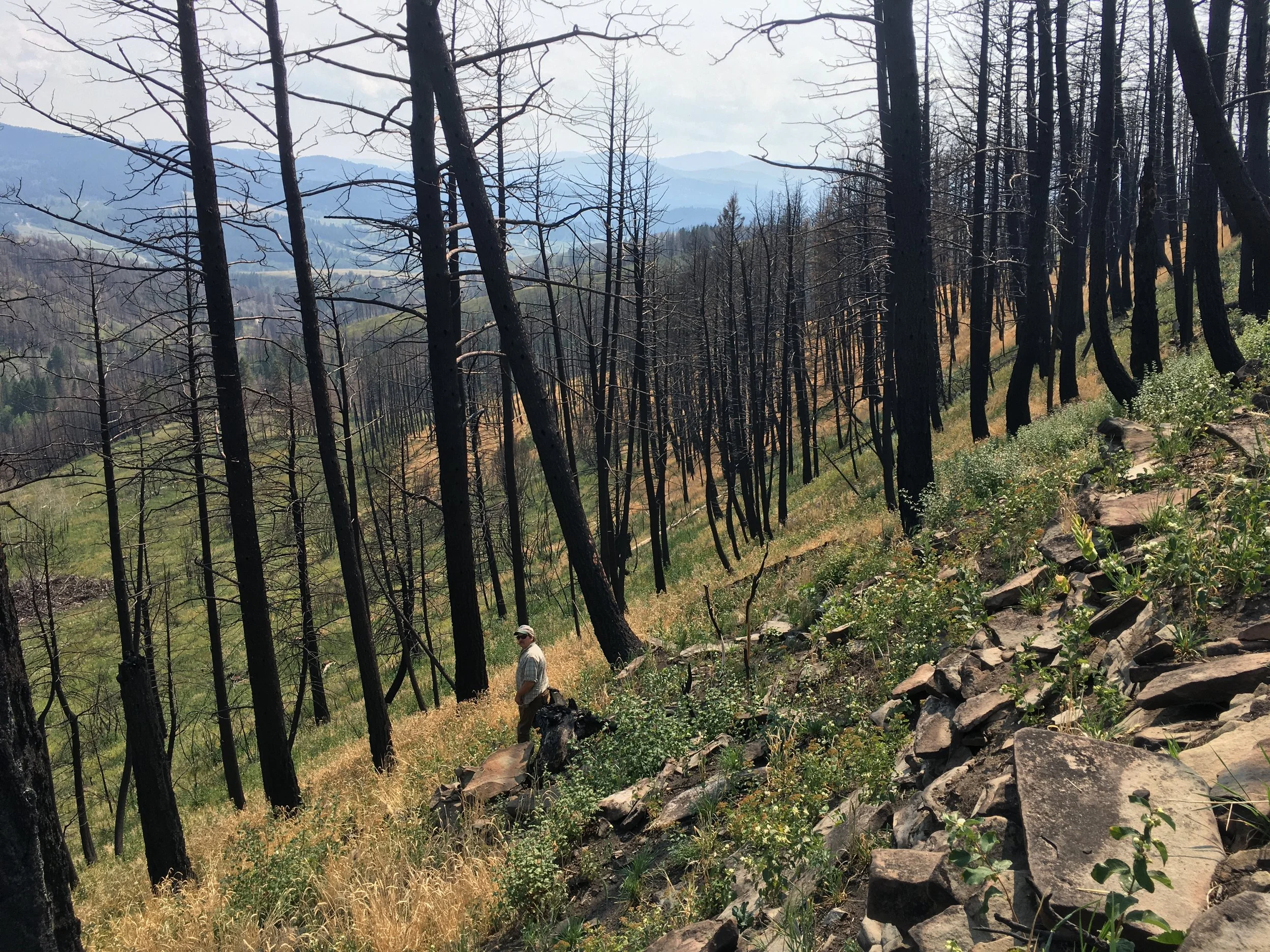
Collaborating on the future of water in the Gallatin Valley.
The Gallatin Water Collaborative was formed in 2021 to unify local efforts to protect, restore and enhance water resources in the Lower Gallatin Watershed. We formed because our community depends on and cares deeply about the health of our water resources. As our community and climate change, we recognize the need to make management decisions in consideration of the watershed as a whole, and with the understanding that our actions are interconnected. The Collaborative is made up of over 30 stakeholders across the Gallatin Valley including conservation organizations, government agencies, scientists, engineers, agricultural producers, recreationists and developers.
The group has developed prioritized goals and actions that will result in long-term water security, so that the people and wildlife in our watershed have access to enough clean water to thrive. Our efforts are driven by these objectives:
WATER AVAILABILITY
Objective: Groundwater and surface water supply is managed collaboratively and efficiently to support all water users.
WATER QUALITY
Objective: The water quality of groundwater and surface water within the watershed supports all designated beneficial uses.
RESILIENT LANDSCAPES
Objective: The natural features of the watershed are able to provide critical ecosystem services.


















